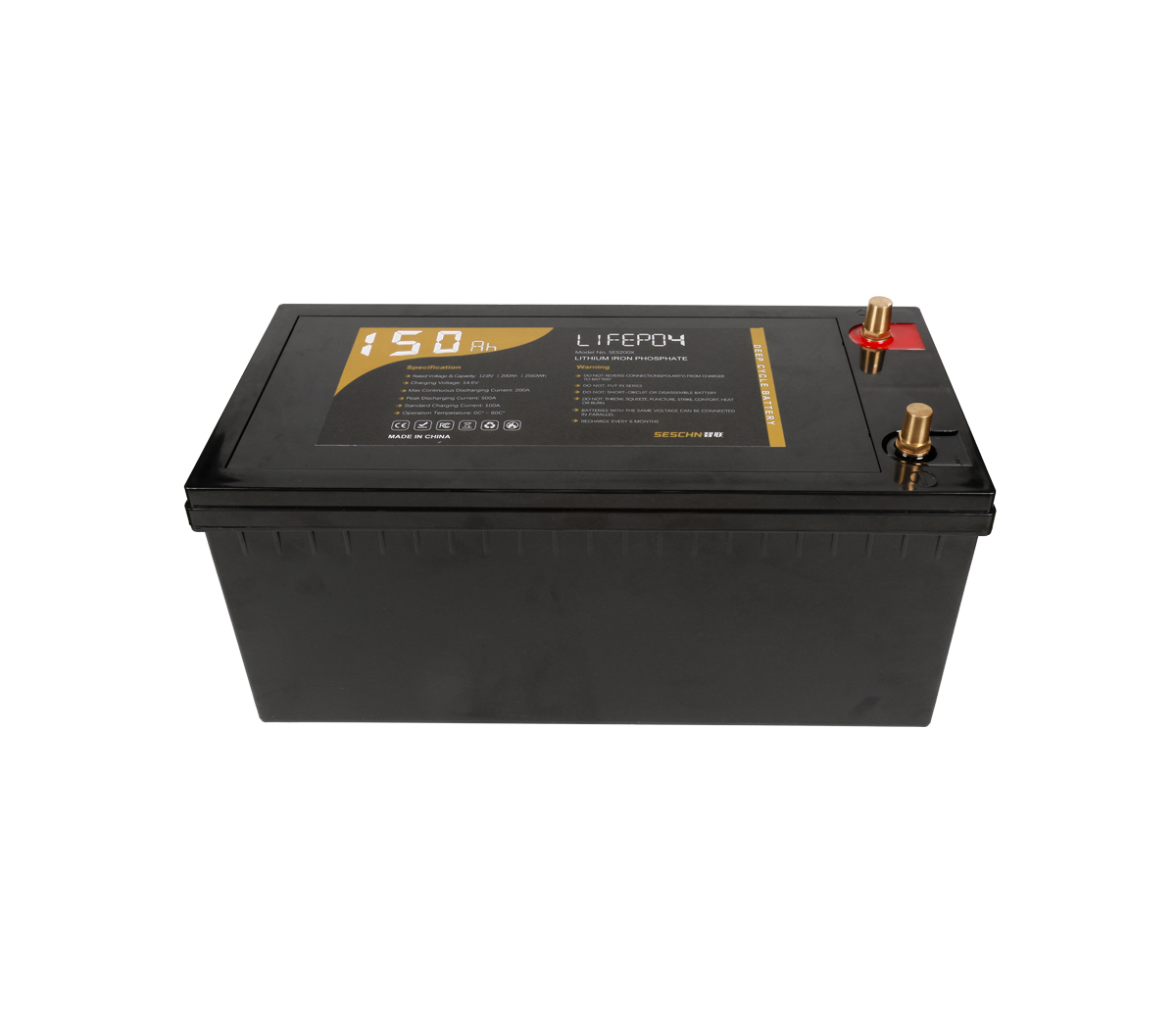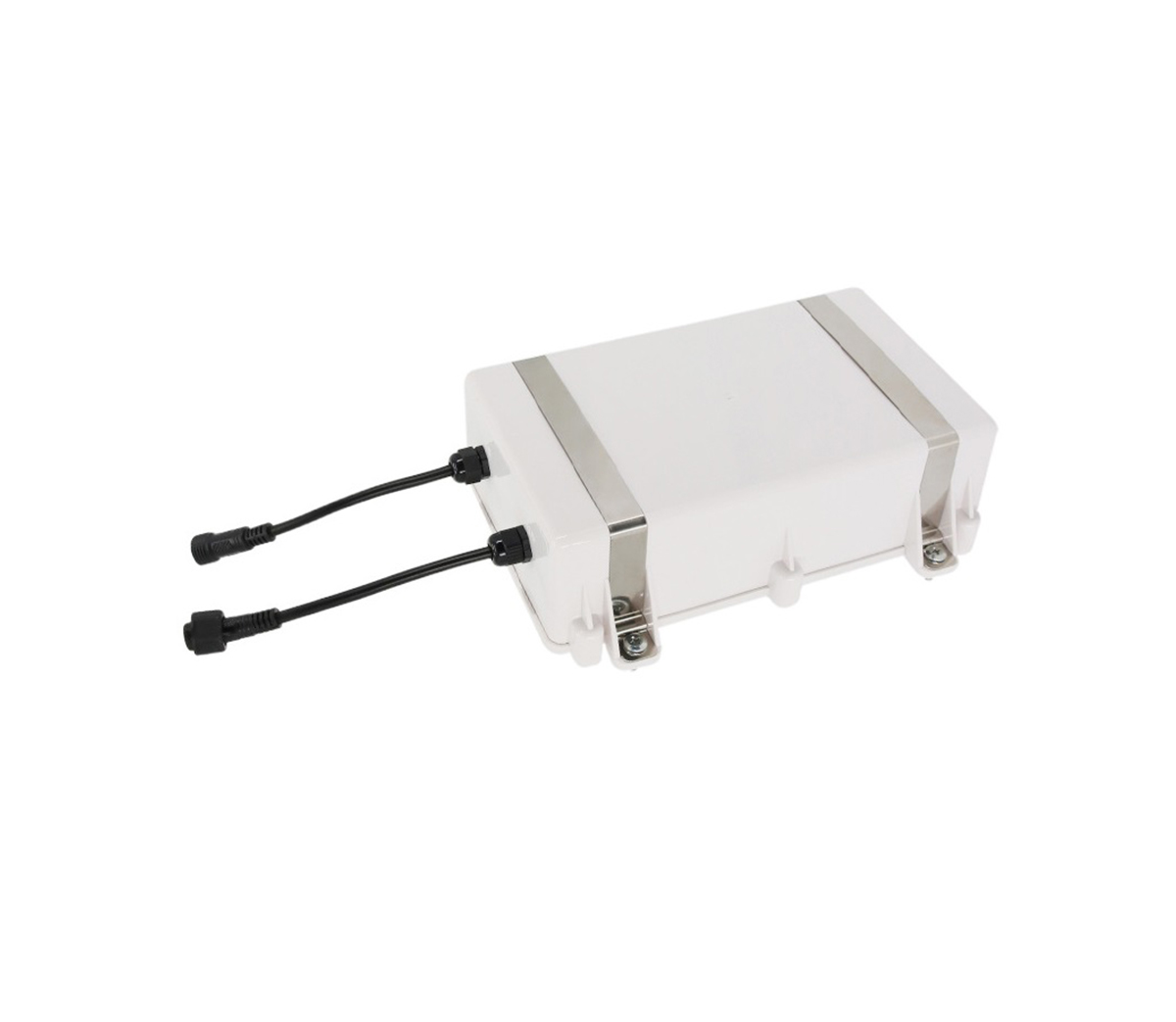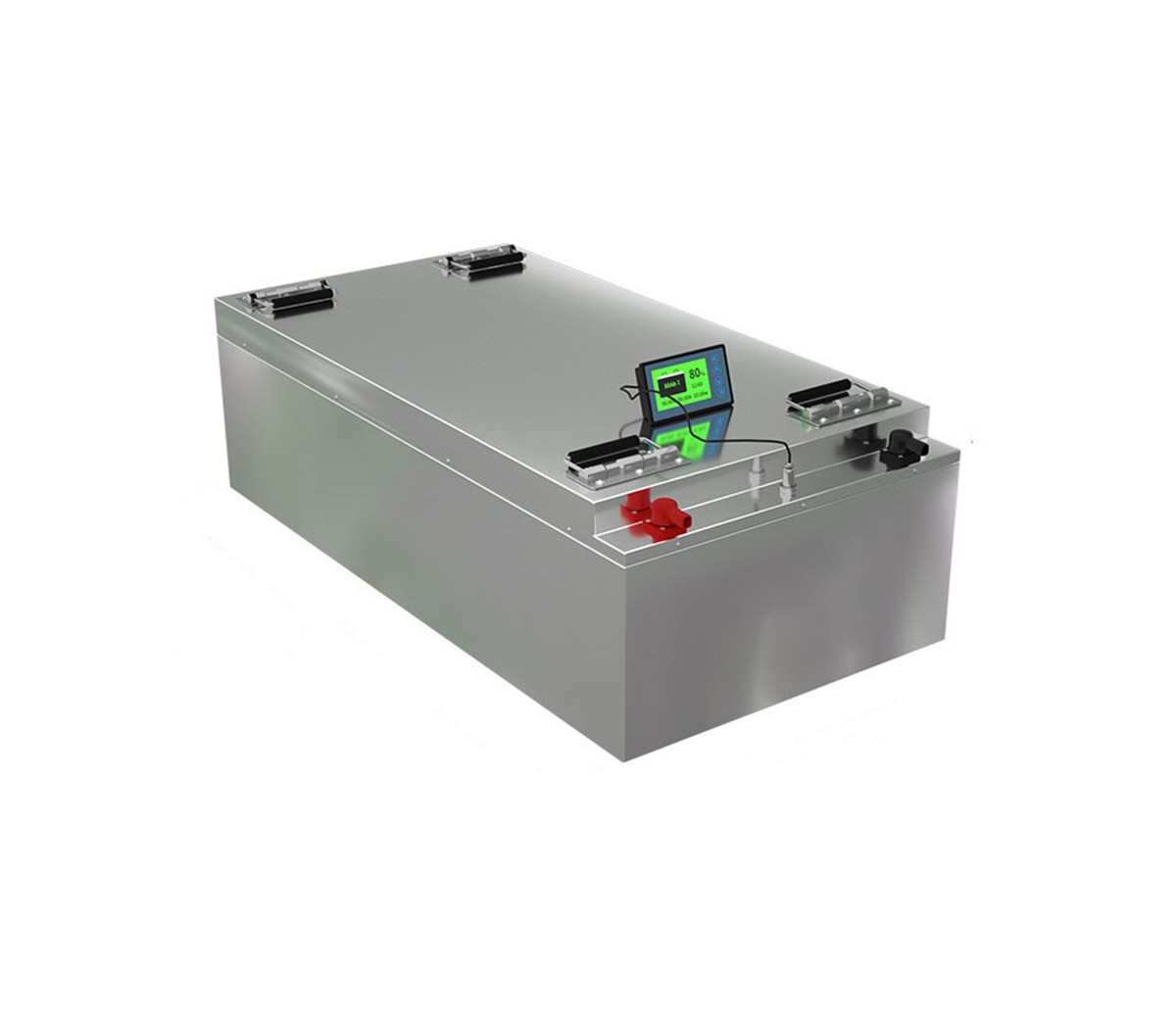Five innovative battery technologies: Lithium battery has a large
environmental protection space
Batteries have been integrated into our daily lives. Electric cars,
flashlights, and remote controls seem to be inseparable from batteries in our
lives. Fortunately, the batteries of the future are developing in a sustainable
direction. The editor has compiled five examples of future innovative battery
technologies for readers to appreciate.
According to foreign media reports, batteries have been integrated into our
daily lives. Electric cars, flashlights, and remote controls seem to be
inseparable from batteries in our lives. Fortunately, the batteries of the
future are developing in a sustainable direction. The editor has compiled five
examples of future innovative battery technologies for readers to appreciate, as
follows:
1. New battery powered by human skin
Nowadays, "smartwearables" such as smart watches, Bluetooth headsets, and
smart clothing are becoming more popular. These devices can track and record the
user's breathing, heart rate, and other physical parameters. In order to solve
the above-mentioned power supply problem of wearable devices, researchers are
developing a battery whose electrodes are attached to the user's skin.
Currently, this innovative battery is being tested. When a finger taps the
skin, the electricity generated can light up 12 LED bulbs. It is worth
mentioning that the electrode can capture the current on the skin. The thickness
of the gold film layer is 50 nanometers, and it is located under the silicone
layer (siliconerubberlayer), which is composed of many small pillars to increase
the skin contact surface. .
2. Quick-Charge Technology (Quick-ChargeTechnology)
Not long ago, if the battery of the smart phone runs out, it means that the
user needs to plug in the charger for the phone and wait 30-60 minutes to fully
charge the device. Nowadays, certain fast charging technologies can shorten the
charging speed to one-sixth of the earlier time. For example, the highlight of
Qualcomm’s “5for5” innovative technology is “charge for five minutes and talk
for 5 hours”, which aims to provide ultra-fast charging services for mobile
phones and smart devices using Snapdragon chips, which not only greatly reduces
the charging time, but also avoids Waiting while charging. In addition, the
technology also slows down electricity consumption and reduces the electricity
bills that need to be paid.
3. Solid-state batteries with higher safety
Researchers have developed several solid-state batteries, which lead the
current commonly used lithium-ion batteries in many aspects. In addition,
solid-state batteries are safer, have a longer service life, and have a more
powerful battery. This new type of rechargeable battery can be charged hundreds
of thousands of times, and it will be landfilled after the material is worn out.
The solid-state battery increases the power by more than 30%, which means that
it will last longer after charging. Since solid-state rechargeable batteries are
non-flammable, they are an excellent type of on-board battery for electric
vehicles.
4. Lithium-ion battery
Although solid-state batteries can provide various environmental protection
functions, VisualCapitalist believes that lithium-ion batteries have more room
for improvement in environmental protection. It is estimated that the power of
lithium-ion batteries in the future will increase by 6%-7% year by year, thanks
to the continuous adjustment of the metal content of aluminum, cobalt,
manganese, nickel and other metals in the cathodes of lithium-ion batteries.
Researchers have conducted a lot of experiments on the above-mentioned
materials, and continue to explore the best ratio of each material to extend the
service life of the cathode and improve its energy efficiency. At present,
researchers are testing silicon anodes. Compared with the currently used
graphite anodes, the material has increased the battery's power by 10 times.
5. Flexible battery (flexiblebattery)
The research team at Arizona State University was inspired by Japanese
origami techniques and adopted a flexible energy storage technology. The
lithium-ion battery developed by it has a large number of folds and cuts, which
enhances the ductility and flexibility of the battery.


































